Ten masterpieces of twentieth century architecture at risk from the wrecking ball
The Twentieth Century Society's annual list of at-risk buildings has been released, and — as ever — will stimulate lively debate.
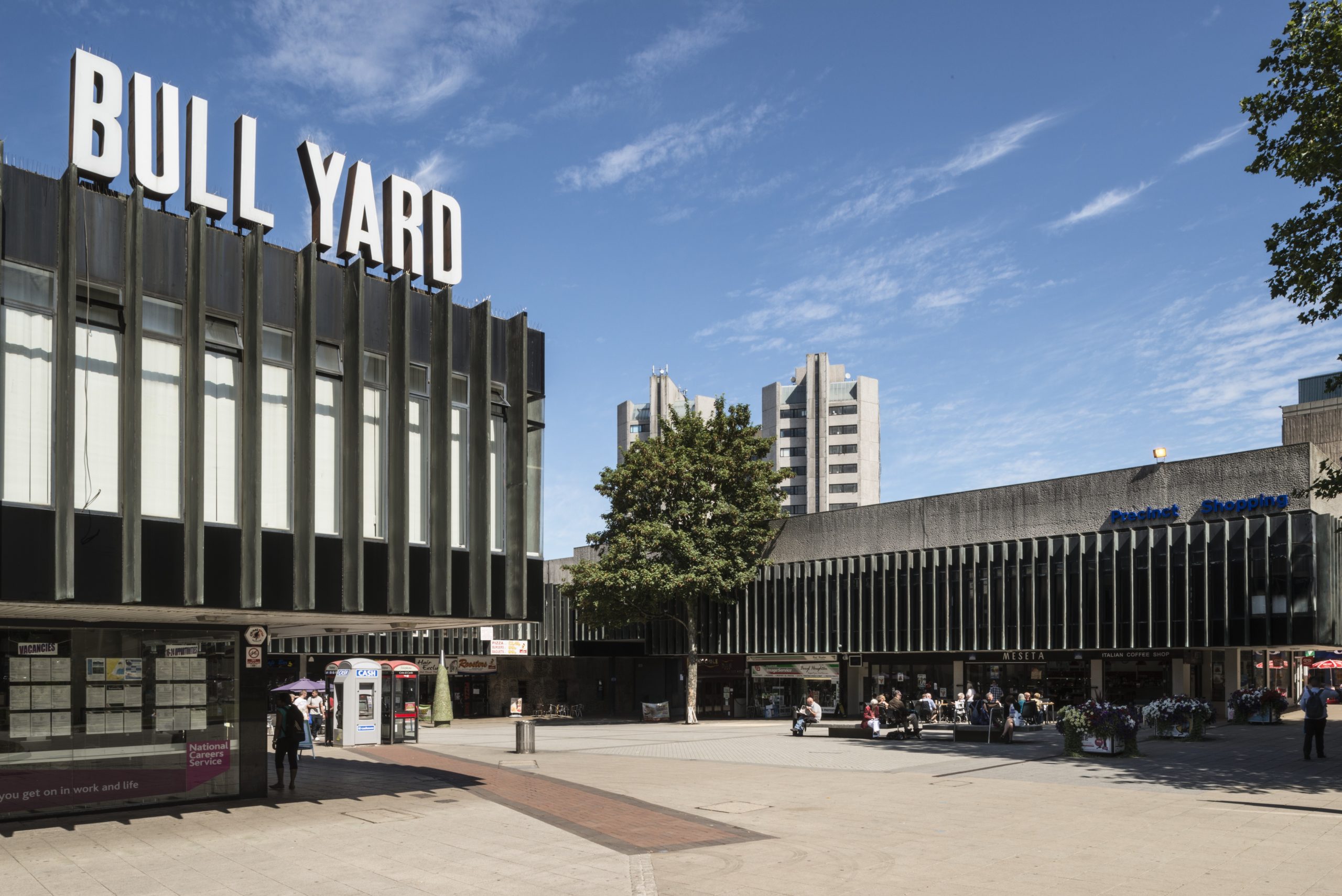

Britain's ‘high levels of architectural ingenuity and ambition’ are at stake, says the Twentieth Century (C20) Society, whose biennial Buildings at Risk List has been released. Of most current concern is Coventry’s ‘Festival of Britain-style’ Bull Yard, with a finger of rebuke firmly pointed at the council’s ‘appalling failure to protect its important post-war’ architecture.
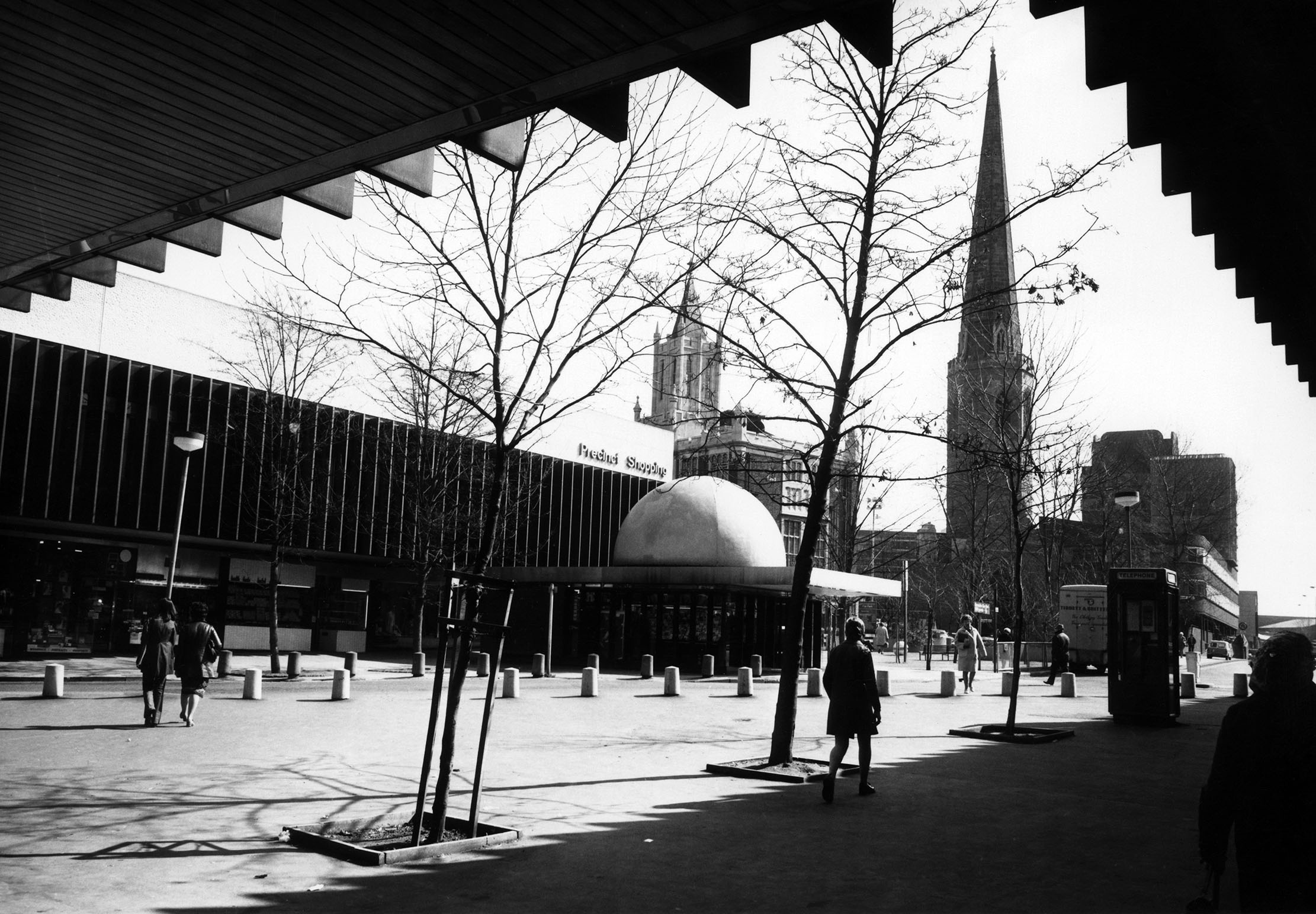
‘Much of Coventry’s most distinctive heritage and culture dates from when the city was replanned and rebuilt after its devastation in the Second World War,’ explains Catherine Croft, C20 Society director.
‘The proposed 15-acre City Centre South redevelopment plan [which would see half the town centre demolished] would obliterate much that is special about the heart of the city.’
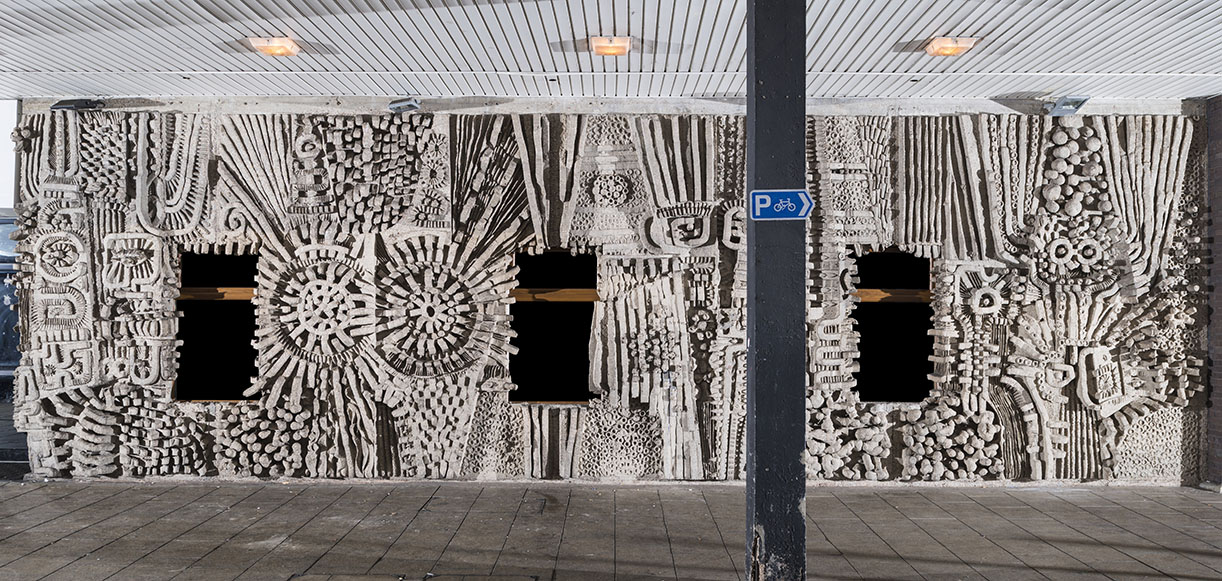
Of course, Brutalist architecture has always been divisive, and some less charitable commentators might suggest that a wrecking ball might do wonders for the look of Coventry's city centre. But it's all too easy to jump to conclusions which later seem flawed: St Pancras Station in London, for example, was much maligned, and might once have been pulled down. And as Country Life's architecture editor, John Goodall, points out, the core buildings of an area are only ever a part of the story.
‘Regeneration and social improvement don’t come from new architecture, but from the way we live around it,’ says John.
‘These 20th-century structures were reared on the ruins of a great city, but its brave new world never came to pass. Destroying them will throw open the whole problem of how the city can develop again and runs the risk of repeating mistakes made 70 years ago. Who’s to say what’s new now will be better in 30 years’ time?’
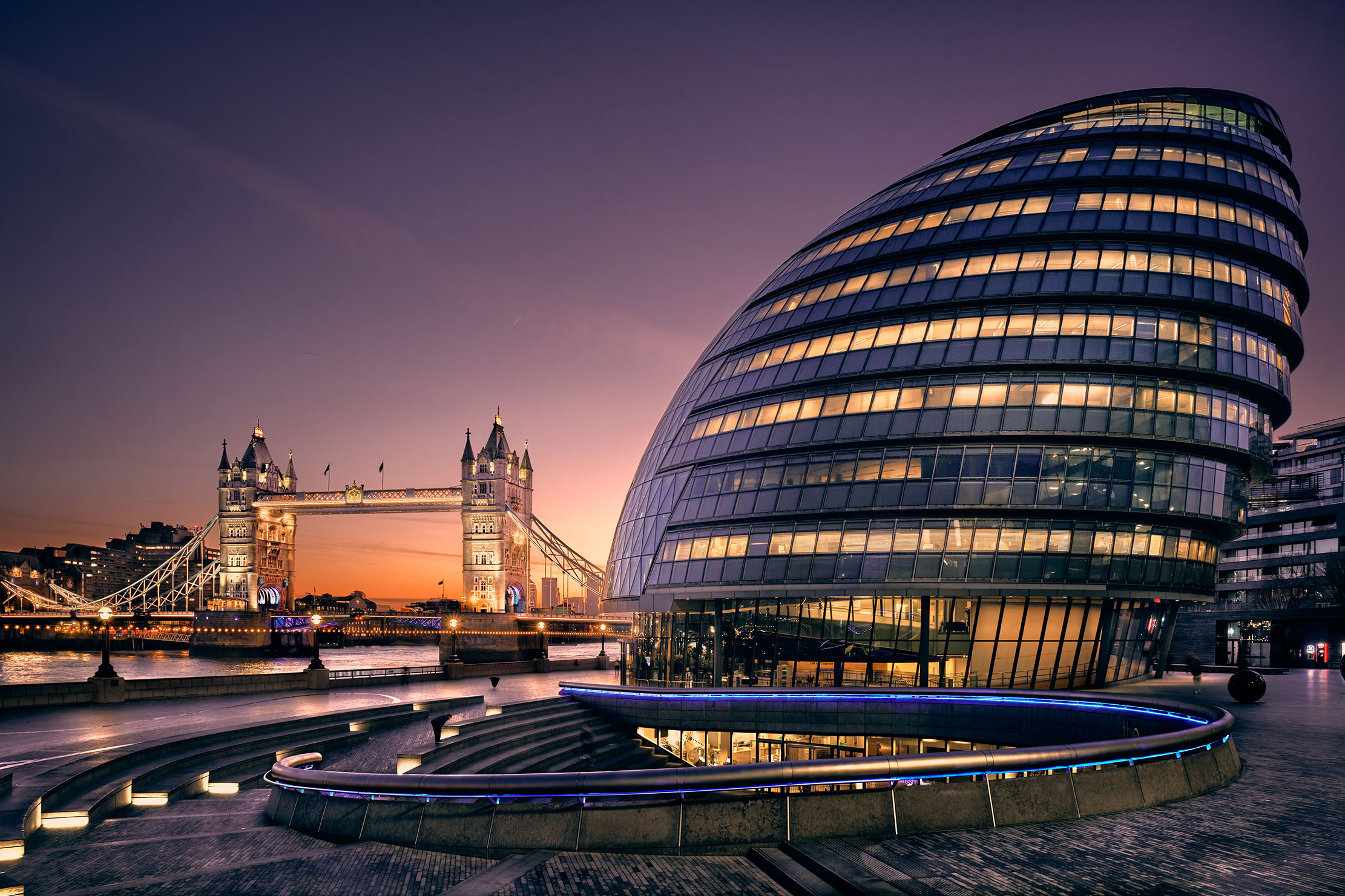
London Mayor Sadiq Kahn’s decision to relocate east has brought Foster + Partners’ ovoid City Hall to number two on the list; the society’s request to award the building Grade II*-listed status has been rejected by Historic England. The latter are, apparently, at present only assessing buildings for listing if demolition is imminent — a policy described as 'a nonsense' by C20.
Sign up for the Country Life Newsletter
Exquisite houses, the beauty of Nature, and how to get the most from your life, straight to your inbox.
Swindon’s Oasis Leisure Centre, without which the band Oasis would be named The Rain, is also under threat. It has a distinctive 148ft-high dome that inspired RIBA to call it a ‘fantasy structure… resembling a flying-saucer’. Visit www.c20society.org.uk for the full list.
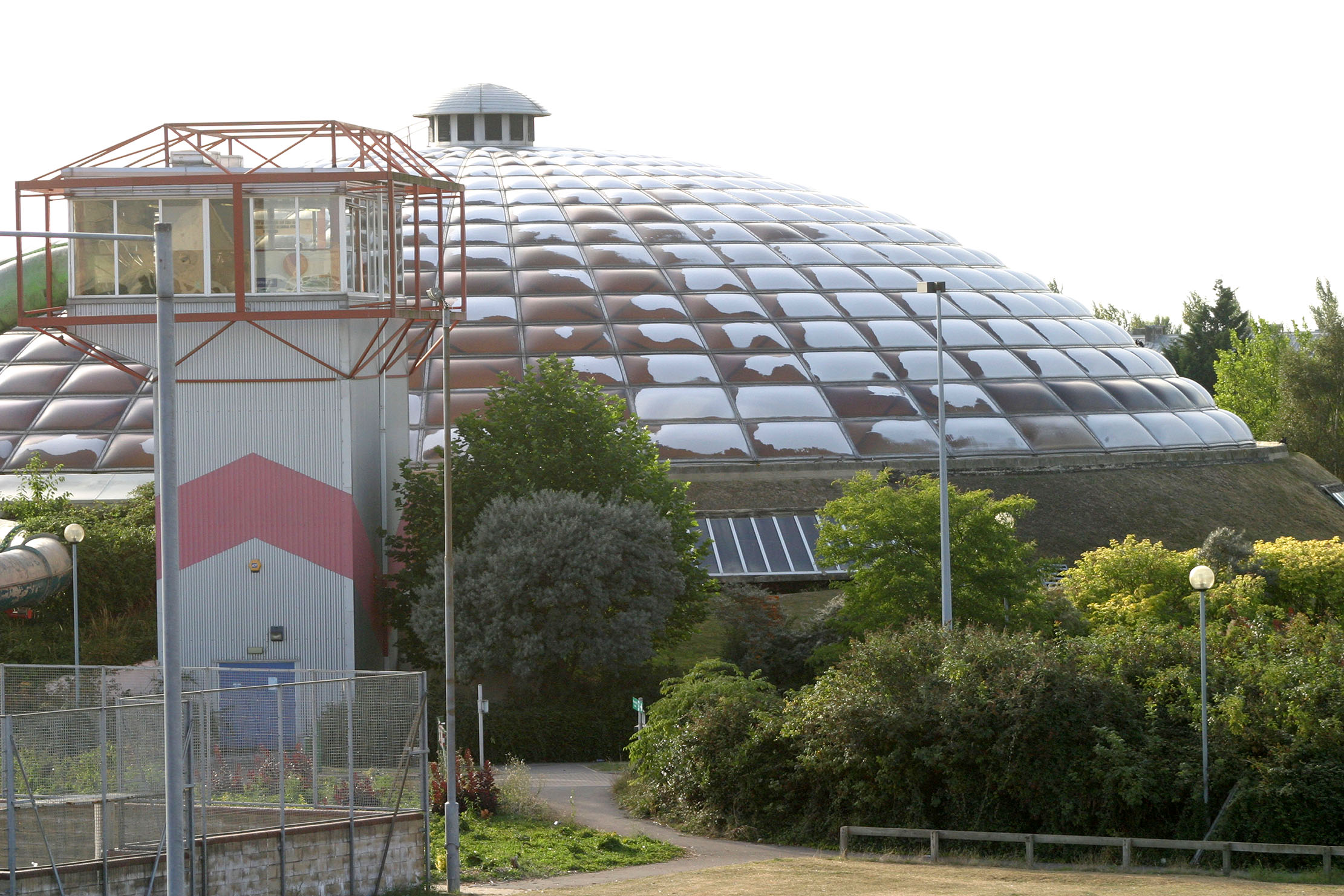
Also on the list are:
- The Lawns Halls of Residence, Hull University
- Former London Electricity Board HQ
- Swansea Civic Centre
- Cressingham Gardens, Lambeth
- Derby Assembly Rooms
- Halifax swimming pool and murals
- Shirehall, Shropshire
You can see pictures and more about each building at the c20society.co.uk website.
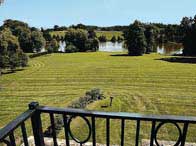
Guide to Warwickshire’s sporting history, legendary author and Spaghetti Junction.
Birthplace of William Shakespeare, Warwickshire also saw Webb Ellis pick up a ball and run.
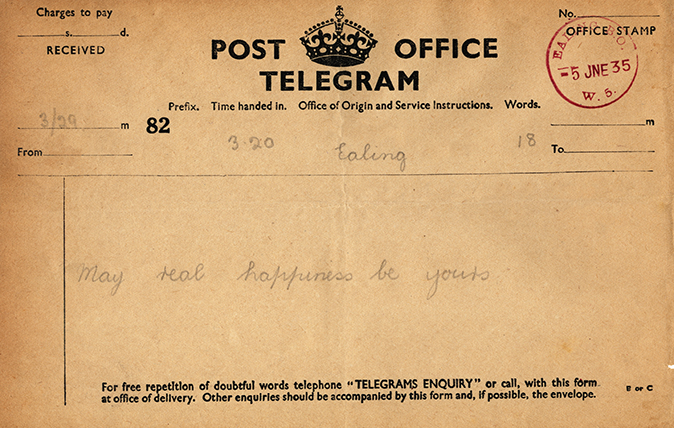
The 10 most memorable telegrams ever sent, from hydrogen bombs to boiled eggs
Rob Crossan recounts the stories behind the most legendary, curious and useless telegrams ever sent.

Jason Goodwin: The dragoman's life of travel, history and locking tourists in Pharaohs' tombs
Our columnist opens up about the world of the 'dragomans', the über tour guides whose tales of wayward travellers are
Annunciata grew up in the wilds of Lancashire and now lives in Hampshire with a husband, two daughters and an awful pug called Parsley. She’s been floating round the Country Life office for more than a decade, her work winning the Property Magazine of the Year Award in 2022 (Property Press Awards). Before that, she had a two-year stint writing ‘all kinds of fiction’ for The Sunday Times Travel Magazine, worked in internal comms for Country Life’s publisher (which has had many names in recent years but was then called IPC Media), and spent another year researching for a historical biographer, whose then primary focus was Graham Greene and John Henry Newman and whose filing system was a collection of wardrobes and chests of drawers filled with torn scraps of paper. During this time, she regularly gave tours of 17th-century Milton Manor, Oxfordshire, which may or may not have been designed by Inigo Jones, and co-founded a literary, art and music festival, at which Johnny Flynn headlined. When not writing and editing for Country Life, Annunciata is also a director of TIN MAN ART, a contemporary art gallery founded in 2021 by her husband, James Elwes.
-
 'To exist in this world relies on the hands of others': Roger Powell and modern British bookbinding
'To exist in this world relies on the hands of others': Roger Powell and modern British bookbindingAn exhibition on the legendary bookbinder Roger Powell reveals not only his great skill, but serves to reconnect us with the joy, power and importance of real craftsmanship.
By Hussein Kesvani
-
 Spam: The tinned meaty treat that brought a taste of the ‘hot-dog life of Hollywood’ to war-weary Britain
Spam: The tinned meaty treat that brought a taste of the ‘hot-dog life of Hollywood’ to war-weary BritainCourtesy of our ‘special relationship’ with the US, Spam was a culinary phenomenon, says Mary Greene. So much so that in 1944, London’s Simpson’s, renowned for its roast beef, was offering creamed Spam casserole instead.
By Country Life